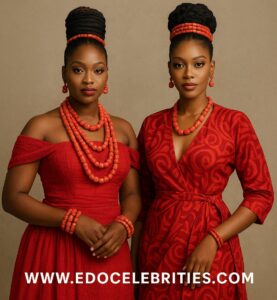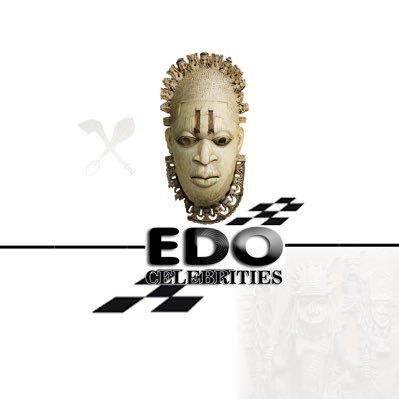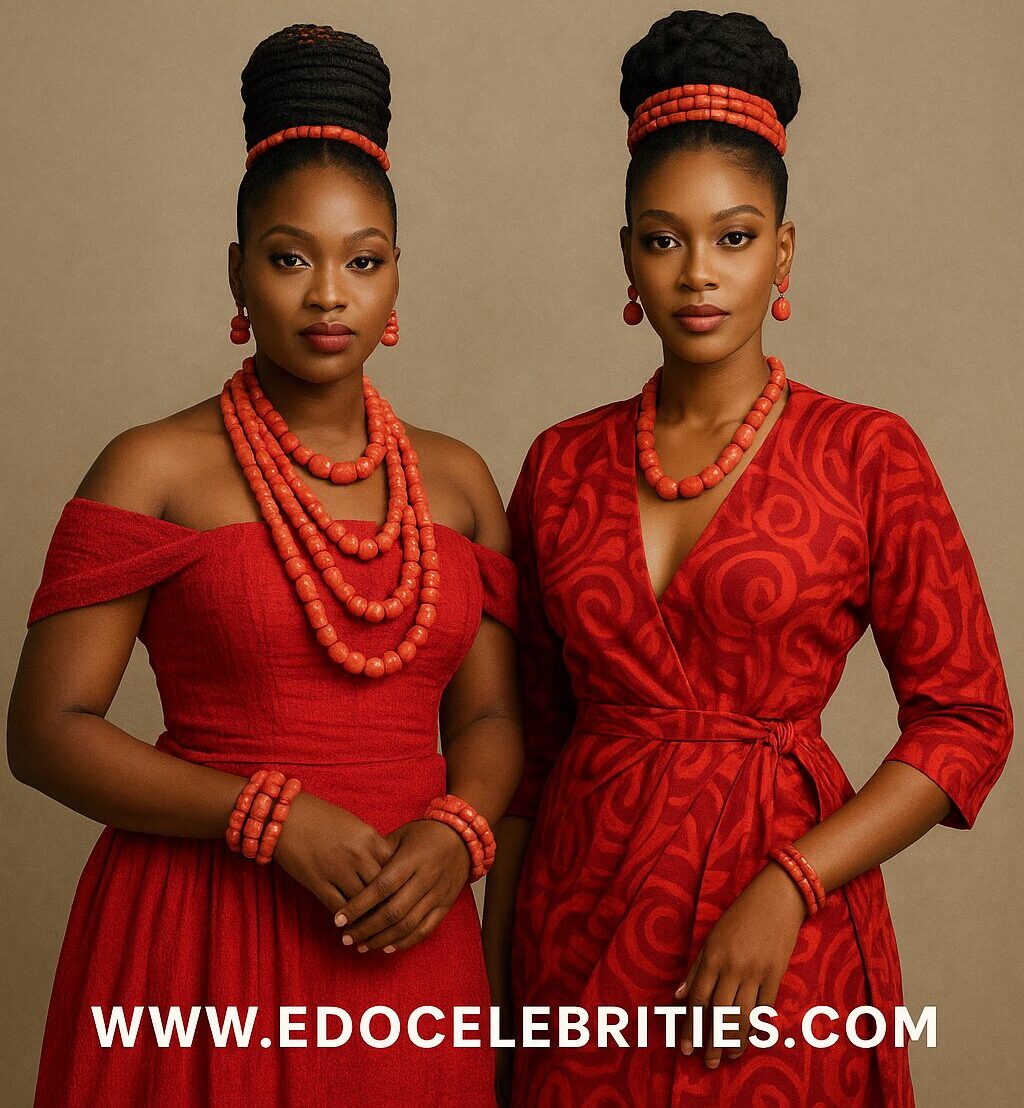Fashion is more than fabric — it’s identity, history, and storytelling stitched into every piece. In Edo State, the evolution of fashion has always gone hand-in-hand with the people’s rich heritage. From coral beads that once adorned the royal court of Benin to modern Ankara designs that blend tradition with contemporary creativity, Edo fashion continues to redefine elegance while preserving culture.

Royal Roots: The Majesty of Edo Attire
Long before the rise of modern fashion influencers, the ancient Benin Kingdom was already setting trends. The Oba’s court was renowned for its elaborate regalia — coral beads, handwoven wrappers, and symbolic headpieces. Each element told a story: coral signified purity and power, while ivory and brass accessories represented wealth and divine authority.
Today, Edo traditional attire remains a visual language of pride and prestige. Brides wearing the iconic “Ewu Iwu” (traditional wedding attire) drape themselves in shimmering wrappers, layered beads, and intricately styled hair — a nod to centuries of royal influence that still commands admiration on every runway and red carpet.
Cultural Wear Meets Contemporary Style
The Edo fashion scene has undergone a remarkable transformation, blending the old with the new. Designers are reimagining traditional elements — turning wrappers into stylish gowns, coral beads into minimalist jewelry lines, and Ankara fabrics into bold statement pieces.
Edo-inspired fashion has found its way into global fashion shows, cultural festivals, and even music videos. Influencers and stylists now fuse ancient motifs with urban streetwear, creating a refreshing balance between heritage and innovation.
From Benin City boutiques to Lagos Fashion Week, the Edo touch is unmistakable — rich colors, regal patterns, and a deep sense of cultural storytelling.
Beads as Identity, Not Decoration
In Edo culture, beads are far more than accessories — they’re symbols of lineage, strength, and spirituality. The “Ivie” (coral bead) has become an identity marker for Edo sons and daughters across the world. Whether worn during traditional ceremonies or incorporated into modern styles, it connects generations and reminds wearers of where they come from.
The rise of bead-inspired fashion accessories — from handbags to sneakers — shows how this ancient symbol continues to inspire new trends without losing its cultural essence.
Ankara and the Global Edo Expression
While coral and wrappers reflect Edo royalty, Ankara represents the global Edo spirit — vibrant, expressive, and adaptable. Today’s Edo designers use Ankara to retell indigenous stories, infusing each pattern with meanings tied to unity, resilience, and celebration.
Ankara styles with Edo motifs — such as coral bead prints or symbolic bronze patterns — now make waves in diaspora communities, showcasing how Edo creativity transcends borders.
The Future: Edo Fashion on the World Stage
As more young designers draw inspiration from their roots, Edo fashion is poised to take its rightful place in global conversations about African luxury and heritage design. With social media amplifying local craftsmanship and cultural storytelling, the Edo aesthetic is no longer just local — it’s universal.
The world is watching, and Edo fashion is standing tall — regal, radiant, and revolutionary.
Conclusion
From palace regalia to runway couture, Edo fashion tells a timeless story — one of beauty, resilience, and pride. Every bead, wrapper, and Ankara print carries echoes of a glorious past while boldly stepping into the future.
Edo fashion is not just rising — it’s reclaiming its throne.


Leave a Reply